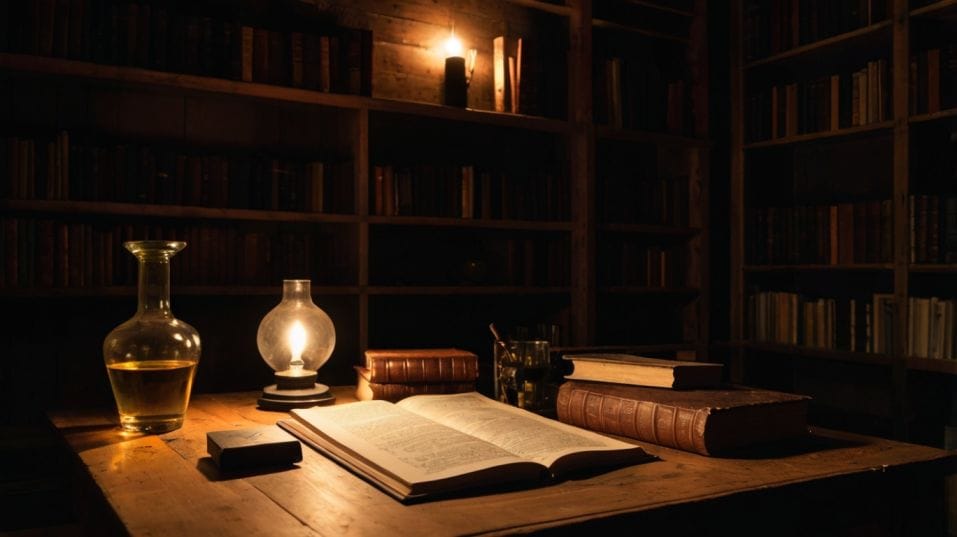How to Start a Whiskey Hobby Without Going Broke
Want to dive into whiskey without overspending? Learn to taste with purpose, buy smarter, and build a collection that actually means something.

What if the best whiskey journey doesn’t start with a $200 bottle—but with a $30 one and a curious palate? You don’t need deep pockets to drink well.
You need sharp instincts, a tasting habit, and the discipline to ignore the hype. This isn’t about showing off a shelf.
It’s about building real whiskey smarts—one purposeful pour at a time. Here's how to start collecting, sipping, and exploring without burning through your budget.
Learn to Taste with Purpose
Before you worry about what to buy, you need to learn how to taste. Not sip. Not shoot. Taste. Most beginners rush this step and end up with a collection that looks impressive and drinks like regret.
Start small. One pour at a time. Add a splash of water to open it up. Smell before you taste. Let it sit on your tongue. Pay attention to the first hit, the mid-palate, and the finish. Is it sharp or smooth?
Dry or oily? Vanilla, leather, cereal grain, burnt sugar—whatever you notice, note it. Don’t chase "right" answers. Build your own flavor vocabulary.
This is how you learn what you like. Not what the crowd likes. Not what’s trending. What you actually enjoy drinking. That one skill—being able to articulate your own taste—is what separates a real whiskey drinker from a label collector.

Don’t Let the Label Think for You
You’ll see a lot of noise: “small batch,” “handcrafted,” “double oaked,” “single barrel,” “non-chill filtered.” Some of these terms matter. Most are marketing. Don’t get sucked in.
The best way to cut through the noise is to stop letting the label drive your decisions. Instead, look at core facts: age statement, proof, grain bill, region, distillery reputation. These actually shape the experience.
A no-age-statement bottle isn’t automatically bad. A 14-year-old Scotch isn’t automatically good. Learn to decode what's in the bottle, not what's printed on it.
Once you tune your buying decisions to quality and personal preference instead of branding, you’ll stop wasting money. You’ll also find yourself gravitating toward bottles that others overlook—and often, those are where the best values hide.
Taste More, Buy Less
It’s easy to assume that growing your whiskey knowledge means growing your shelf. It doesn’t. You don’t need twenty bottles. You need ten good pours—and the discipline to pay attention to each one.
Explore by the Pour
Bars with a deep whiskey list can be your best ally early on. Find places that offer half pours or whiskey flights. Ask bartenders what they’re excited about.
Even better, join a local tasting group or bottle share. These settings let you sample widely without draining your bank account or cluttering your home bar.
Every pour you taste is an education. The more styles, proofs, and aging techniques you expose yourself to, the more fluent you become. That’s how you evolve past being a consumer and start becoming a connoisseur.
Start Collecting with a Strategy
Most beginner collections are built with zero strategy. Random buys, trend-chasing, impulse purchases. A few months later, you’re staring at half-empty bottles you don’t love and wondering where your money went.
Fix that. Start by defining a focus. You might zero in on a region—bourbon, Scotch, Irish, Japanese. Or maybe a technique—peated whiskies, cask finishes, bottled-in-bond releases.
Whatever it is, keep it tight. A clear collecting theme does two things: it helps you develop deep knowledge in a specific area, and it saves you from buying for the wrong reasons.
Share, Don’t Hoard
And when you find something you really love? Don’t hoard it. Trade. Share. Invite a few friends over and crack it open. The point of collecting is to enjoy, not accumulate. A collection that gathers dust isn’t a collection. It’s a display case.
Watch the Secondary Market—but Don’t Worship It
You’ll eventually hear about secondary market prices—those eye-watering resale numbers that make some bottles feel like gold bars. Ignore them.
Yes, it’s good to be aware of value, especially if you ever plan to trade or resell. But don’t let the aftermarket dictate your taste. Just because a bottle goes for $300 online doesn’t mean it’s a better drink than the $50 gem on the bottom shelf.
Chasing unicorn bottles is the fastest way to drain your wallet and stall your growth. Instead, become the person who knows how to find the good stuff before everyone else does. That takes knowledge, not money.
Develop a Whiskey Routine
You don’t need to drink every night to be serious about whiskey. But having a rhythm helps. Maybe it’s Friday night tastings. Maybe it’s one thoughtful pour a week with a notebook nearby. The point is to stay engaged.
Build Tasting Habits
Revisit old favorites. Re-taste bottles you didn’t love the first time—your palate might surprise you. Taste side-by-side.
Compare two whiskeys with the same age but different grain bills. Try a cask-strength bourbon against its standard counterpart. Turn each pour into a learning moment.
The more you taste with structure, the sharper your instincts become. That’s how pros do it. Not through big purchases, but through consistent, focused exploration.
Final Thoughts
You don’t need a high income or a wall of rare bottles to get serious about whiskey. What you need is curiosity, intention, and the patience to taste with purpose.
Every great collector, taster, or whiskey expert you admire started with a few humble bottles and a sharp eye for flavor.
So here’s the move: Find one whiskey you’ve never tried, something modestly priced but well made. Pour it. Sit with it. Ask yourself what it’s doing on your tongue. Start building that muscle.
You’re not just starting a hobby. You’re training your palate. You’re building a craft. Taste smarter. Spend sharper. Build better. Start today.




